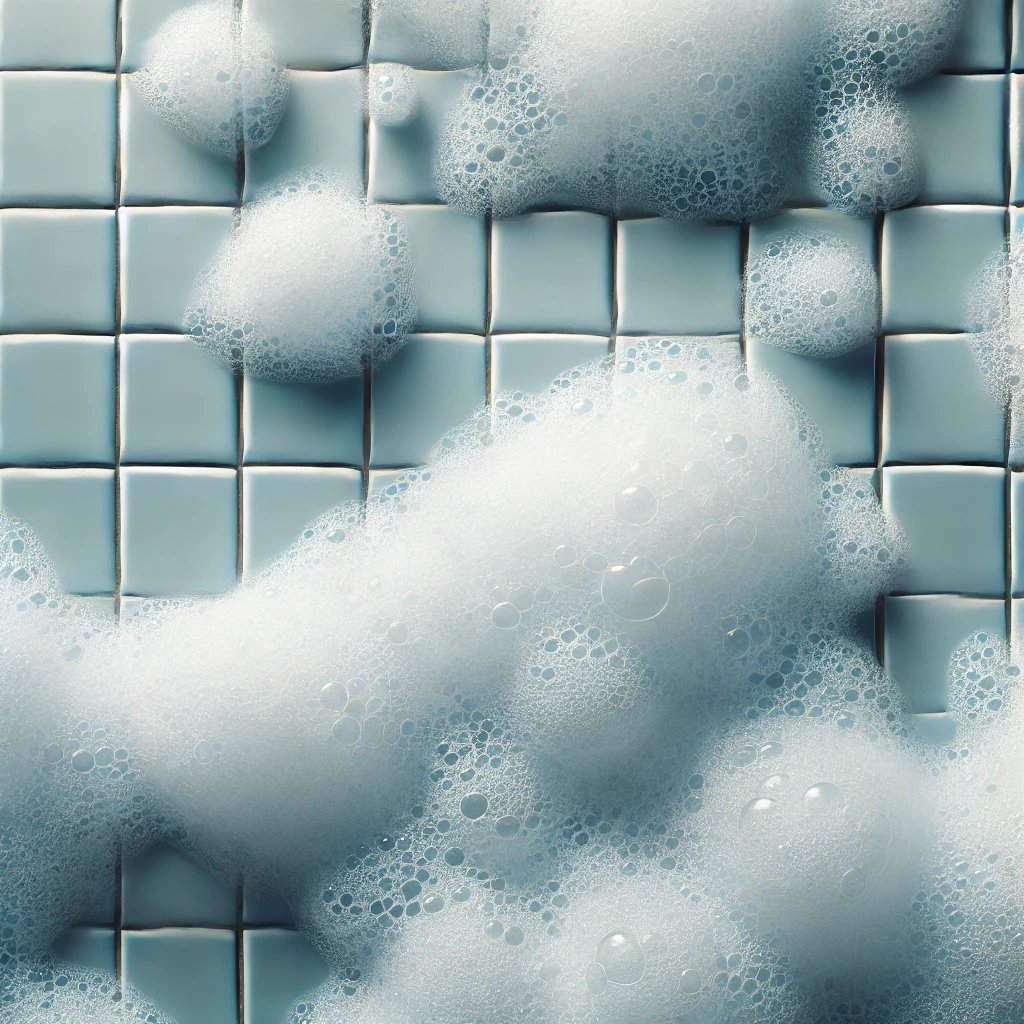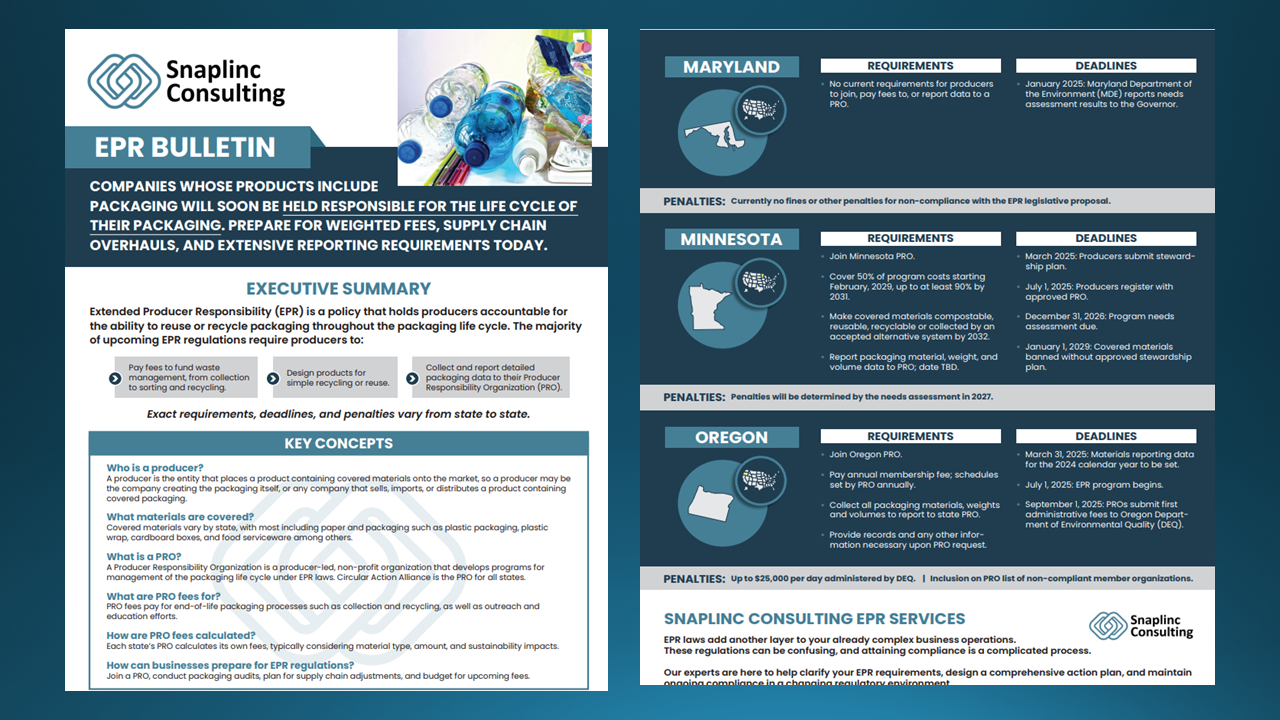Understanding the New EU Regulation on Cyclosiloxanes
Cyclosiloxanes are a group of substances commonly found in cosmetics like shampoos, conditioners, soaps, and lotions—as well as in dry cleaning operations, industrial coatings, and electronics. Because they are typically used as a raw material in the manufacturing process, they’re usually only found in trace levels in end products. Still, new EU regulations affect many products that contain cyclosiloxanes at any level.
1. Background
The European Union has introduced new regulations concerning the use of certain chemicals: Octamethylcyclotetrasiloxane (D4), Decamethylcyclopentasiloxane (D5), and Dodecamethylcyclohexasiloxane (D6). These substances have been identified as posing significant environmental risks due to their persistent, bioaccumulative, and toxic properties.
2. What’s Changing?
The regulation restricts D4, D5, and D6 from being used or placed on the market in concentrations equal to or greater than 0.1% by weight. Exceptions include:
Specific industrial uses (like non-metal surface treatments)
Use for treatment, care, or prevention of wounds
Professional use in cleaning or restoring art and antiques
Use as a controlled laboratory reagent
D5 as a solvent in strictly controlled closed dry-cleaning systems where the cleaning solvent is recycled or incinerated
For some uses (protective coatings, gluing and casting, etc) a slightly higher concentration is allowed.
3. Penalties
Penalties for non-compliance with these regulations will be determined by individual member states.
4. Who Is Affected?
All brands from all industries selling within the European Union.
5. Timeline and Deadlines
Key dates differ based on industry and product type:
Ongoing: Prohibition in wash-off cosmetic products implemented in 2020.
June 2026: General prohibition on the market presence of these substances in concentrations ≥0.1%.
June 2027: Specific restrictions for leave-on cosmetic products.
June 2031: Restrictions for medical devices and veterinary products.
June 2034: Prohibition of D5 as a solvent in dry cleaning systems.
6. How Snaplinc Can Help
We play a crucial role in helping businesses navigate these changes with confidence:
Regulatory Compliance Guidance: Offering detailed assessments and compliance strategies to ensure businesses meet regulatory requirements.
Environmental Impact Analysis: Conducting thorough analyses to minimize environmental risks and enhance sustainable practices.
Training and Workshops: Providing education and training for companies to understand and implement necessary changes efficiently from sourcing to marketing.
7. Conclusion
The new EU regulation on D4, D5, and D6 represents a significant step toward removing harmful substances from polluting the environment. Compliance will require concerted effort across various industries. Snaplinc Consulting is well-positioned to support businesses through this transition, ensuring compliance, minimizing environmental impact, and fostering sustainable growth.


